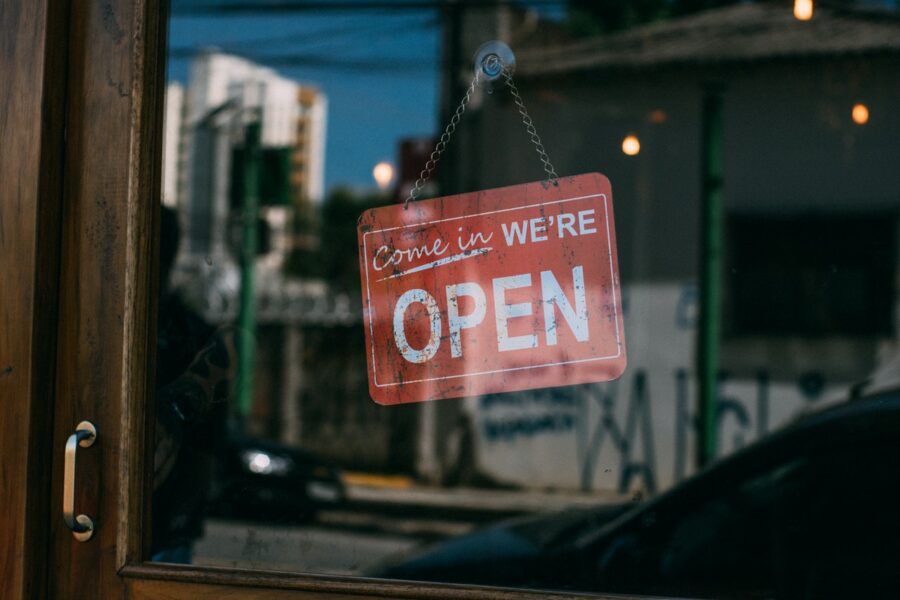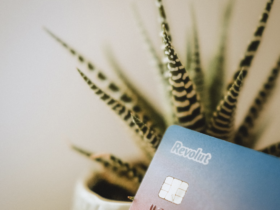When opening a brick and mortar store, the costs involved depend on a huge variety of different factors, from the location of your store to the products you are looking to sell. For aspiring store owners, costs of up to £172,000 can be expected in the first year of operation, but because there are so many variables to consider, there is no definitive cost that applies to all businesses.
A lot of first-time business owners are naive to exactly how many costs are involved when opening a brick and mortar store and many don’t realise that it can be perhaps one of the costliest aspects of owning a business. There are some cost aspects of owning a brick and mortar store that business owners don’t factor into their running costs, or perhaps don’t even know exist. With that in mind, let’s look at 3 costs that all business owners should consider when opening a brick and mortar store.
Business Insurance
Whilst this is a necessity for all business owners, many don’t realise just how important it is, especially when opening a brick and mortar store. Opening your own store will always come with some elements of risk, including supply chain delays, unexpected closures or interruptions, faulty payment devices, or product flaws. Ensuring that you have good business insurance can cover you for a whole range of problems you might encounter when running a store and there is a range of different types of insurance that can help protect you and your business against risks.
Buildings, Contents and Stock Cover
This type of insurance covers your equipment, stock and any electronic devices against damage or theft should there be a break-in, flood or fire.
Commercial Legal Protection
This allows small businesses, such as small independent stores, to cover legal proceedings, should they occur, against larger organisations with a legal team.
Product Liability Insurance
This insurance covers legal and compensation costs that may arise from damage or injury caused to a customer by your products, for example, an electrical product that might malfunction and has the potential to cause a fire hazard.
Shop Appearance
You’ve probably already paid a lot of attention to your storefront in preparation for your big launch to ensure that it is appealing to customers and passing foot traffic, but what about after your first day of operating? Have you planned how you’ll keep your store looking clean and maintained, no matter the time of year or season? Have you planned to hire a professional team for the work?
A lot of brick and mortar stores don’t realise that keeping your storefront looking good 24 hours a day, 7 days a week is an ongoing task and one that is important when it comes to your reputation with customers. However, in order to do this, you will likely need to enlist the help of different services, all of which can cost money often not budgeted for.
Things such as window cleaning, awning and canopy maintenance, gardeners and other commercial specialist cleaning services can be hugely beneficial to the appearance of your business. Remember, first impressions count!
Marketing
For many small business owners, marketing is far down on the list of priorities when it comes to spending money, but it is one of the most crucial elements in ensuring the success of your business. There are a number of different marketing avenues which you can go down, all with very different budgets, but choosing not to set up any kind of marketing strategy can mean that you lose out on vital custom, more so especially if you have products that can be sold online.
There are a lot of free marketing tools that you can use to get your business up and running and in front of potential customers, such as Google My Business, social media and email marketing, but in order to do any of these, you will first need a good website. Once this is established, the marketing opportunities for your business are ever-expanding and this can help massively when it comes to the success of your business.
Once you have a website and the free tools set up, sit down and work out how much budget you have to work with for your marketing strategy. From here, you can decide what you want to focus on, whether it be traditional broadcast advertising if you are a local-only business, online or print marketing or digital marketing, such as Google Ads and SEO.
























